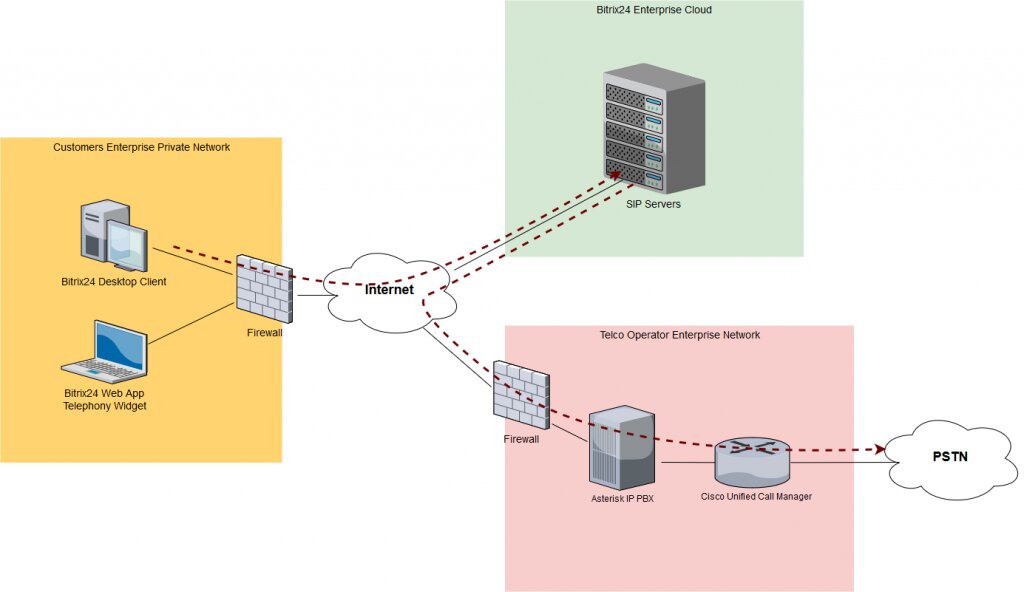| 1382 Views | Amin

The Organization of Telephony

The implementation of the Alpha Direct project happens to be an interesting task. Nevertheless, most of our clients set the highest level of functionality, serviceability, and availability standards for their projects. They also monitor the projects closely for compliance with their unique requirements.
It is comparatively easy to work with clients who know what they want; and can explain it in clear terms. In this case, it is also ideal that our client – who is into insurance – can provide 24/7 support to their actual and potential customers. It should definitely not be a surprise that the insurance commissioner receives calls for support at night – as customers need support at different times.
The client in question chose to work with Bitrix24 CRM and wanted us to integrate Telephony into their system. Their requirements were as follows:
- Presence of IVR.
- Ability to distribute calls among operators i.e. existence of call queues.
- Ability to redirect the call to the PSTN. For example, pressing a digit in IVR redirects a call to the insurance commissioner.
- Accurate representation of caller ID. This representation is important as clients must be identified rightly.
- Ability to dial short extension number in IVR.
All of the requirements listed above are typical for most businesses. They are also achieved directly on the CRM – except the caller ID representation.
Connection Scheme
In this scheme, Bitrix24 web app or desktop software exchanges SIP and RTP traffic with Bitrix24 cloud servers. This process is known as the ‘first call leg’ or the subscriber-server aspect of telephony integration.
The ‘second call leg’ begins from the cloud to the Asterisk server on the telco system. The Asterisk server then registers and manipulates caller ID on the Bitrix24 cloud.
Cisco Unified Call Manager acts as a PSTN gateway, such that whenever Bitrix24 is unavailable, the CUCM allows incoming calls to be distributed to the operators in their CUCM-connected phones.
The benefit of this connection scheme is that it is very secure as IP Telephony servers, Asterisk and CUCM, do not use public IP addresses.

